QuestionWe had a full grown Italian Wall Lizard that has passed away, and yesterday morning found a baby one in our kitchen. It's now in a tank, lamp, etc. The question is, what do we feed it? Our other lizard -- crickets, sometimes worms, and every now and then apricot baby food. We've put some baby food in the tank, but don't know what else to feed it.
AnswerHi Mark,
First, how long did you have your full grown one? If it was only a short period of time, chances are, it may have died from stress of being captive..which can and does happen very often when a lizard is taken from the wild. Another reason that they may die is that all lizards have internal parasites. When stressed that "load" becomes greater which can cause the lizard to die.
Since the wall lizard is active during the day, it must have a good source of uvb. Without it, they will develop problems such as metabolic bone disease. Without proper uvb they are unable to use the calcium in their foods.
They also need to have a basking area. This would be an area that has a temperature range of the upper 90's to the low 100's. If you see it spending all its time in the hottest part, then you may have to raise that area temperature to about 105 degrees. If you see it spending all its time in the cooler end, then of course lower the temperature range. This area will have both a good source of uvb and heat. The basking temperatures are needed for 10-14 hrs a day, and at night no white lights. The temperature of the basking area needs to be monitored at the lizards level, right under the basking light. The stick on thermometers do not work.
Night time temps can probably drop into the 60's. For the ambient(overall) temperature in the cage, 77-86 degrees.
I am going to include some info on good uvb also so that you can provide the lizard with the proper uvb.
On to your original question... You have to feed it properly sized insects. The insect can't be any larger than the space between his eyes. So.. most likely pinhead or one size up crickets. They also eat fruit flies and other small insects.
I did find one site that does contain some info on caring for them. You can also see a picture of them to be sure that is what you do indeed have.
http://www.sauria.org.uk/cap_breed/animals/sicula.htm
Lighting ...diurnal(active during the day)lizards need uvb which are the special lights that come in fluorescent tubes or special screw in bulbs(mercury vapor)that are designed to produce uvb and heat. The tubes do not produce heat. UVB is needed by the lizard to be able to absorb the calcium in the foods they eat. Without the uvb, they will develop metabolic bone disease. With the tubes, they must say that they produce BOTH uvb and uva. The uvb needs to be 5% or higher. Repti Sun 5.0 and 10.0(not compact) are TWO of the best uvb tubes on the market. The repti glo 8.0's are a great uvb source also. Arcadia 5.0 (UK), which is the uvb tube available in the UK is a good uvb tube. These need to be positioned 6-8 inches(for the 5.0 and 8.0 and 8-10 inches for the 10.0) over the BD so that they get the uvb that is needed. Recommended length of the tube is a length that allows all or most of the lizard to get under it completely. They need to be replaced every 6-9 months as that they stop producing uvb long before they stop producing light. They need to have access to uvb and basking temperatures for 10-12 hours daily. At night, no white lights!!!
There has been new studies that have proven that compact uvb lights, both the spiral/coil type and the ones that look like long "U's" laying on their side and a few other brands are causing what basically amounts to snow blindness in reptiles. The companies have corrected the problem but, there may still be some of the earlier manufactured bulbs out there so be sure to double check what you are using, or even if you are using proper uvb source. To read more on this, you can go to
http://www.uvguide.co.uk/index.htm
The companies have been working to correct the problem with the lighting so its important to know if the light you have MAY be the old version.
This link will take you to my discussion group and to a post that tells how to tell the new compacts from the old ones. http://pets.groups.yahoo.com/group/UVB_Meter_Owners/message/6721
There are tubes and bulbs that say ''full spectrum'' but they do not produce any uvb.On the mercury vapor , they also produce heat. They also produce the uvb and uva. The best on the market now are the MEGA RAY or the T-Rex. www.reptileuv.com has more information on the Mega Ray lights. When using these, the distance is much greater than the uvb tubes and the directions must be followed that are listed for the light. When using the mercury vapor lights, you don't need to have one light for uvb and one for heat. The Mercury vapor lights provide both. For small tanks/enclosures, the mercury vapor lights are generally too much. The proper distance can't be had to maintain a safe temperature and uvb.

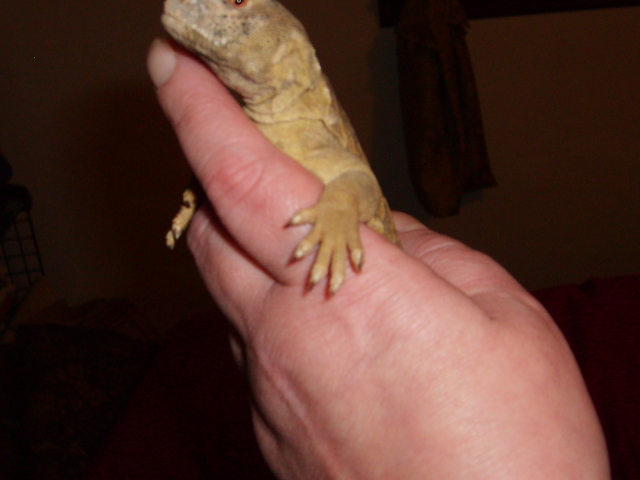 Sue Sue the juvenile female uromastyx
QuestionQUESTION: About 1 year ago I rescued 3 Uromasty
Sue Sue the juvenile female uromastyx
QuestionQUESTION: About 1 year ago I rescued 3 Uromasty
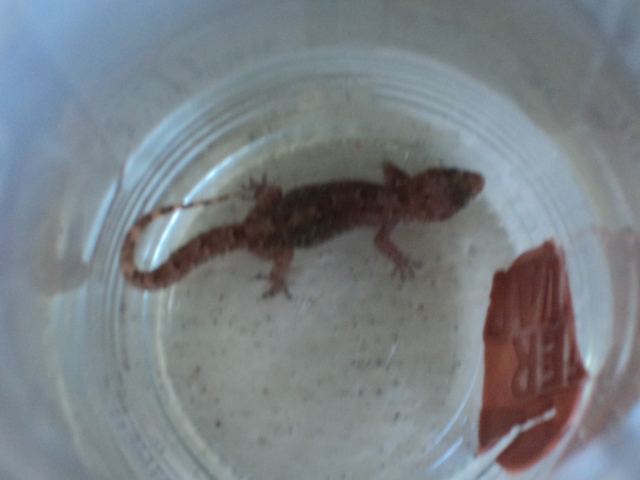 East African Lizard
Question
Lizard
Good morning,
I am currently working
East African Lizard
Question
Lizard
Good morning,
I am currently working
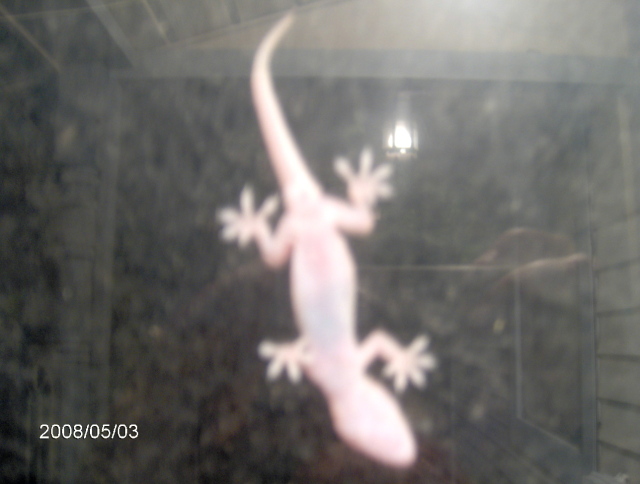 texas geckos changed from brown to colorless?
QuestionQUESTION: Hi,
Three years ago we had a f
texas geckos changed from brown to colorless?
QuestionQUESTION: Hi,
Three years ago we had a f
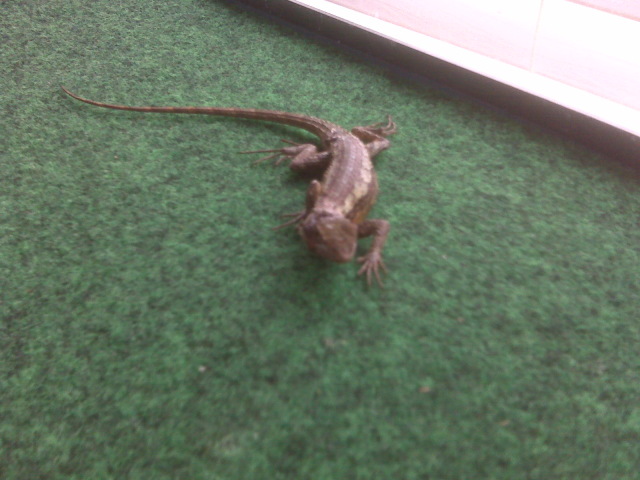 Texas Tree Lizard
Question
texas lizard
My son found an injured lizard. &
Texas Tree Lizard
Question
texas lizard
My son found an injured lizard. &
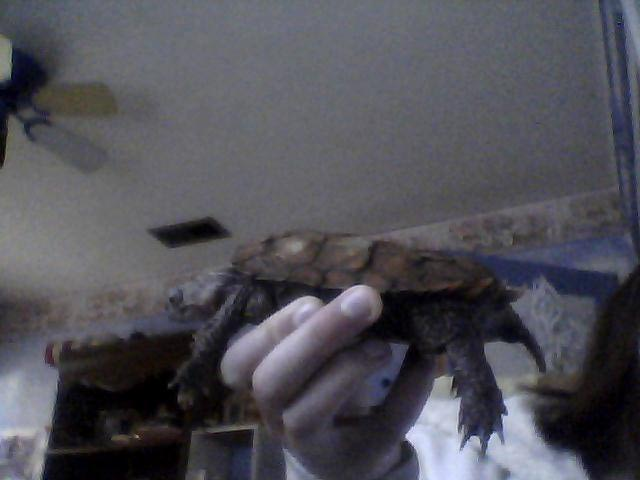 Mites On Turtle
Question
Bowseta My turtle
Today I saw that thei
Mites On Turtle
Question
Bowseta My turtle
Today I saw that thei